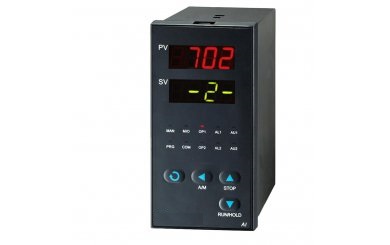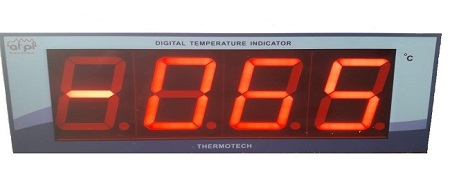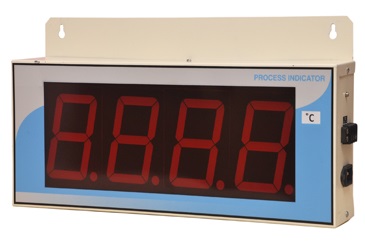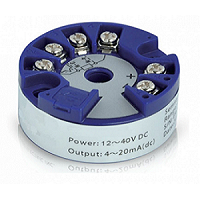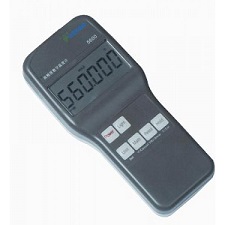
Resistance Temperature Detectors (RTDs): An Overview
Resistance thermometers, commonly known as Resistance Temperature Detectors (RTDs), are highly accurate and reliable sensors used to measure Temperature by correlating the resistance of the RTD element with Temperature. They are widely used in applications where precision and stability are critical. Unlike thermocouples, RTDs operate based on the predictable change in electrical resistance of certain metals—most notably platinum—with Temperature.
RTDs are valued for their excellent repeatability, long-term stability, and accurate linear output over a broad Temperature range. They are commonly employed in laboratory, industrial, and commercial settings for Temperature monitoring and control, especially in processes requiring consistent and precise measurements.
Working Principle
The working principle of an RTD is rooted in the positive Temperature coefficient of electrical resistance exhibited by metals like platinum, nickel, or copper. As the Temperature increases, the resistance of the RTD element also increases in a known and repeatable manner.
An RTD element typically consists of a fine wire wrapped around a ceramic or glass core. The resistance is measured using a Wheatstone bridge or similar circuit, and the corresponding Temperature is derived based on standardized resistance-Temperature characteristics (such as the DIN EN 60751 standard for platinum RTDs).
Due to their stable and accurate behavior, RTDs are widely used where precise Temperature monitoring is essential, such as in power plants, refineries, chemical plants, and aerospace applications.
Model S3 – Manufactured by Ajmer Thermotech Pvt. Ltd.
Ajmer Thermotech Pvt. Ltd., an ISO 9001:2015 and CE certified company, manufactures and supplies the Model S3 RTD, a general-purpose Temperature sensor designed for versatile use across a wide range of industrial applications. Engineered for accuracy and reliability, the Model S3 is suitable for standard process measurement tasks where dependable Temperature monitoring is essential.
The Model S3 features a straightforward design that allows for easy installation and integration into existing systems. It is constructed with high-purity platinum sensing elements, offering stable and repeatable measurements over a broad Temperature range. The RTD is available in 2-wire, 3-wire, and 4-wire configurations to suit various accuracy and system requirements.
This model can be customized with different sheath materials, insulation types, termination styles, and lead wire lengths to meet specific application needs. Ideal for use in sectors such as HVAC, water treatment, food processing, and general industrial operations, the Model S3 delivers consistent performance with minimal maintenance. Its cost-effective and robust construction makes it a go-to solution for everyday Temperature sensing tasks.




